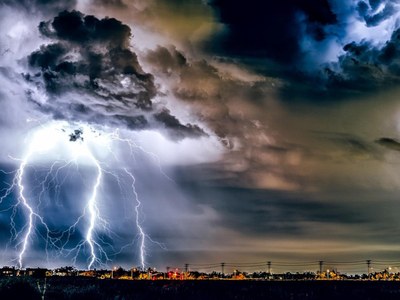The Penn State team includes three researchers from the College of Earth and Minerals Sciences: Xingchao Chen, assistant professor of meteorology, Steven Greybush, associate professor of meteorology, David Stensrud, professor of meteorology and atmospheric science, and Yunji Zhang, assistant professor of meteorology. Other universities in the consortium, named the Consortium for Advanced Data Assimilation Research and Education, or CADRE, include the lead institution, the University of Oklahoma, as well as Colorado State University, Howard University, University of Maryland and the University of Utah. Additionally, the University of Illinois Urbana-Champaign, University at Albany, State University of New York and City College of New York will participate as non-funded collaborators.
“Nearly every week we have another extreme weather event in the United States that impacts our communities, causes injuries and loss of life, and leads to hundreds of billions of dollars in damage annually,” Stensrud said. “CADRE will partner closely with NOAA to improve computer model forecasts of weather extremes, including tornadoes, hurricanes, winter storms, heavy rain, heat waves, wildfires and storm surges. These computer model forecasts form the basis of the weather forecasts widely used by society.”
CADRE's focus is on making transformational advances to data assimilation — the science of combining observations with numerical models to obtain the best estimate of the state of a system as it evolves over time. It is a critical element in producing daily weather forecasts, Stensrud said.
“Data assimilation is a way of taking observations that are collected at different locations and from different sensors and putting them together in a way that makes sense physically using our best understanding,” Stensrud said. “We have observations from satellites, weather balloons, ground observations, aircraft and radar, as well as previous computer model forecasts. Data assimilation brings all this information together using a statistical framework and forms a physically consistent three-dimensional picture of the atmosphere using the variables that are needed to operate our weather forecast models.”

